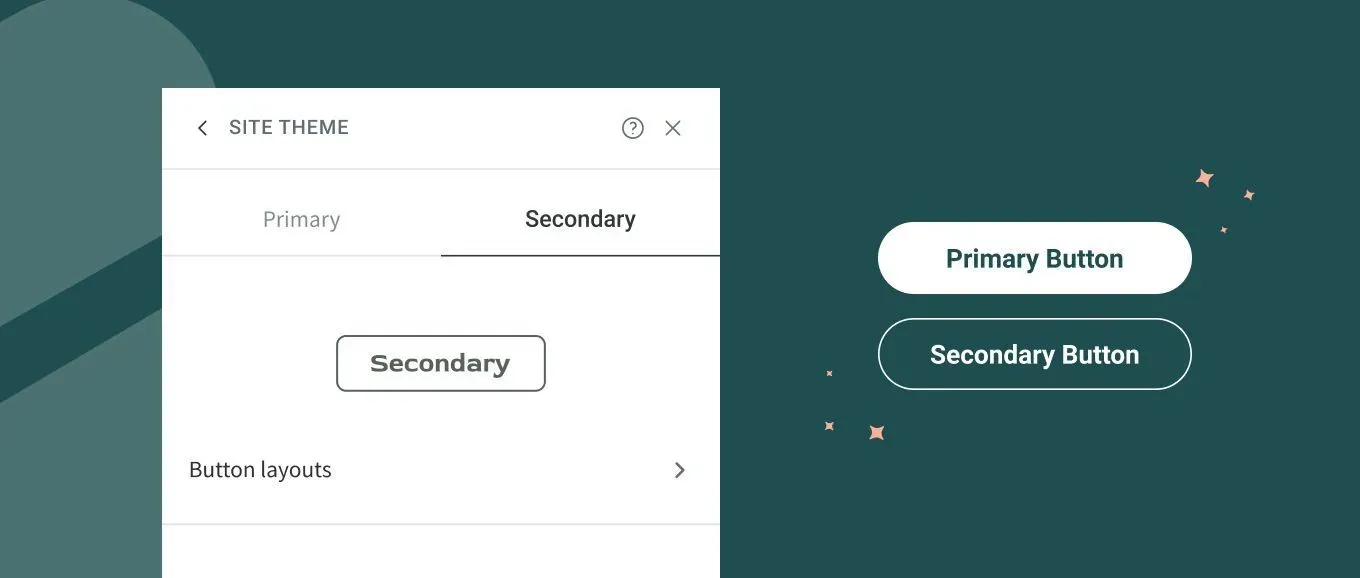Ever had the experience of clicking on a link, eager to read the content, but instead met with a message that reads "404. There's been an error" or "error 404: the page you requested is currently unavailable". It's incredibly frustrating isn't it? But what does it mean and why does it happen?
In this blog, we're going to uncover what a 404 error actually is and the information you need to know about this side of the tech world. Plus, we're going to give you the secrets to how you can fix these errors if they occur on your website.
What is a 404 error?
Every time you try to visit a website or access a link on the internet, you're informing a server that's located somewhere to send you to a particular place. Let's use the example of going to Amazon for a spot of shopping - when you go to www.amazon.co.uk, you're telling the Amazon server that you want to see their home page.
This is called a request. The server then responds to your request by sending you back a page. And this system of communication is known as HTTP.
There are different types of HTTP response status codes, and they all indicate whether a specific HTTP request has been successfully completed. They are:
- Informational responses (100–199),
- Successful responses (200–299),
- Redirects (300–399),
- Client errors (400–499),
- and Server errors (500–599).
So, when an HTTP 404 appears on your screen, it means that although the server is reachable, the specific page you're looking for is not (either it doesn’t exist or it's broken). The 404 error code can appear in any browser, regardless if you're using Google, Safari, or FireFox etc.
A 404 error can be displayed in many different ways, here are just a few of them:
- 404 Page Not Found
- Error 404 Not Found
- HTTP 404 Not Found
- The requested URL was not found on this server
- 404 File or Directory Not Found
Why am I getting a 404 error?
There are several reasons why you're getting an HTTP 404 code, here's a list of the most likely ones:
- The page you're looking for has been deleted from the website
- The entered domain name/URL doesn’t exist anymore
- The page was moved to another URL and the redirection was done incorrectly
- You entered the URL address incorrectly
- Server malfunctions

Can 404 errors damage my website’s ranking?
The more 404 pages you have on your website, the fewer time users will spend on the site. And the longer you have a 404 page or broken link on your site, the more users will experience the error.
Search engines pay special attention to how users behave on your website. Their online behaviour has a major role in the ranking process. And an HTTP 404 code is one of the most frustrating things your visitors can come across on your website. Once they come to realise that the content they're trying to reach is unavailable, they will leave your site and go to your competitor's - the exact opposite of what you want.
Also high bounce rates due to broken links can negatively affect your website's SEO. Research has found that the bounce rate is one of the most significant ranking factor in search engine results pages (SERPs).
And in the event a user enters your page but soon leaves without clicking anywhere, this signals to the search engine that your result doesn't match the user's intent. As a result, it will rank your page lower in the search results. So yes, having a 404 error on your site will negatively effect your website's ranking and performance.
How to find a 404 error
If you want to enhance the user experience and improve your website ranking, then get ready to find and fix your site’s 404 error/ broken links.
Getting rid of your 404 not found errors will undoubtedly have the positive impact you're looking for. But how do you go about finding these errors?
There are various different tools you can use to find 404 errors or broken links on your website. Please find a list of them below:
How do I fix a 404 error?
There's always a possibility that you have a 404 error on your website, especially if it's a big site with a high page count. Before you start worrying, let us tell you that having a few broken links on your website is normal and easily resolved. The majority of websites will have a 404 error sooner or later. However, what you should do is continually track them and fix them when they occur. Fixing the errors as quickly as possible is crucial in order to avoid users coming across them.
So how can you fix an error 404 yourself, as soon as possible? Here's what you can do:
Redirect the page
The easiest way to fix a 404 error code on your website is to redirect the page to another one. You can perform this task using a 301 redirect (in short, this is a redirect response code that informs a browser that the content has been transferred to another URL). To learn more about 301 redirects and when you should use it, click HERE.
Correct the link
It might be as simple as a slight mistake/ mistype of the URL. If this is what happened with your 404 error code, make sure you go back and fix the URL as soon as you can. Make sure every word in the URL is spelt correctly and it follows the right format.
Restore deleted pages
In some cases, people will come looking for a page that you have deleted from your website. People won't stop looking for a page just because you deleted it from your site. Or, people might land on that page through various different external links. To fix this, you can always restore a deleted page. Unless there's a business reason to keep that page removed. If not, when you want to delete some pages from your website, make sure you redirect them to pages that have the updated info or relevant content.
Our final thoughts
404 errors and broken links on a website are inevitable. They are common and easy to resolve. To avoid any SEO issues and low user engagement, make sure you regularly monitor the performance of your website and research the analytics your site is achieving.
IMPORTANT NOTE: Checking for an HTTP 404 is as vital as posting unique and high-quality content.
We advise you check for 404 errors at least once a month and if your site is large, we recommend checking it as often as every week. Simply just put time aside to update your website and perform technical testing to stay ahead of your competition and keep your users, clients and customers interested.



